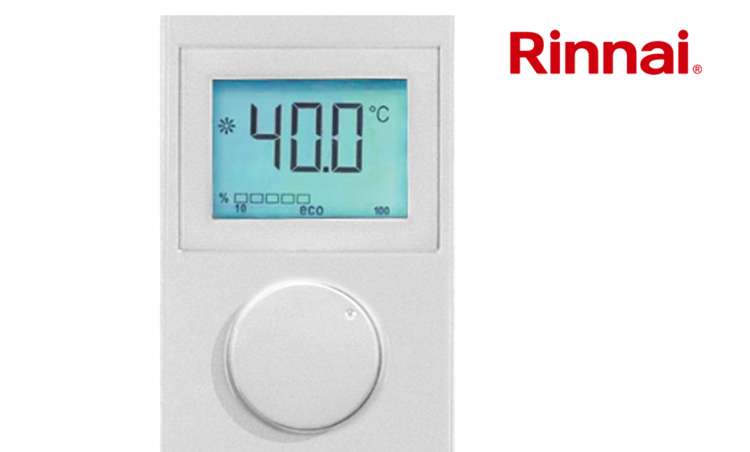Seeing the Benefit of Sunnies

12 August 2016 | Updated 01 January 1970
Experts from the University of Alicante (UA) have found that prolonged exposure to the sun increases the chance of developing alterations in the lens by 4%. Choosing the right pair of sunglasses can reduce such complications.
Despite the fact that the vast majority of the harmful radiation from the sun is absorbed by the atmosphere, enough ultraviolet rays do reach the Earth's surface to cause skin burns and eye complications in structures like the retina and cornea. In this sense, studies highlight that each hour spent exposed to the sun in the summer increases the chance of developing alterations in the lens by 4%.
The researchers, from the UA's Department of Optics, Pharmacology and Anatomy, stress that using approved sunglasses from 10 to 4pm can reduce this chance by around 2%.
But how do we choose the right pair of sunglasses?
One of the biggest musts is that the glasses bear the European CE seal, since this means they adhere to European safety standards.
Further advice from UA professor David Piñero urges us to remember: "Sunglasses are very important for visual health and therefore, their purchase should be supervised by an optician-optometrist".
Filter category
Another important thing to know when you're buying a pair of sunglasses is what filter category you need. This is determined by your location and activity. In accordance with European regulations on sunglasses. UV filters are classified into five categories, from 0 to 4.
When driving, for instance, you need use a category 1, 2 or 3 filter lens, depending on the conditions; never a 4, since this can interfere with your perception of traffic signs. Piñero tells us: "In the summer in Alicante a category 2 or 3 filter is more than enough, though if we're going out onto the water or into the mountains, where light is reflected much more strongly, protection level 4 would be advisable".
Debunking myths
Just as price is not an indicator of quality, neither is the colour of the lens an indicator of the level of protection offered. "There are very dark lenses that do not correctly filter ultraviolet light, leading to greater pupil dilation and an increase in the radiation that enters the eye", says Piñero.
"Ultraviolet radiation is a risk factor for our eyes and has an accumulative effect that can, in some cases, set off problems in the photoreceptors in the retina (the rods and cones), progressively bad vision, macular degeneration, or the onset of pterygion, where tissues invade the cornea, known colloquially as Surfer's Eye".
Picture: Are you advising staff to protect their eyes when out in the sun
Article written by Cathryn Ellis | Published 12 August 2016

.gif)
.png)




.gif)
.gif)

.png)

.png)
.jpg)





.jpg)



